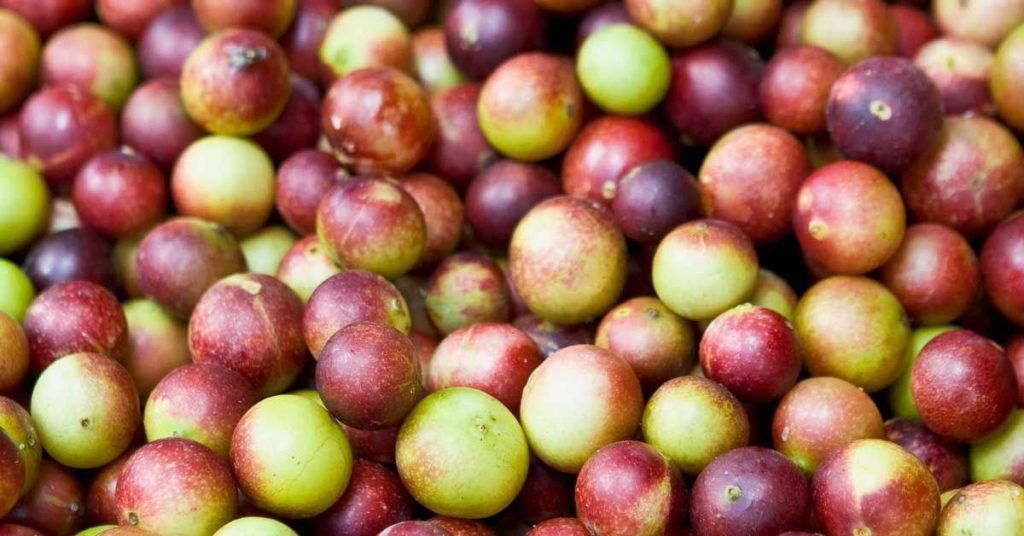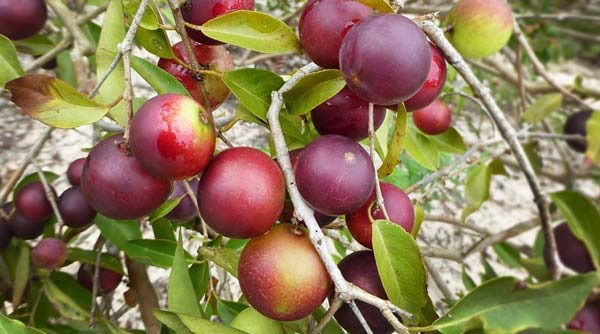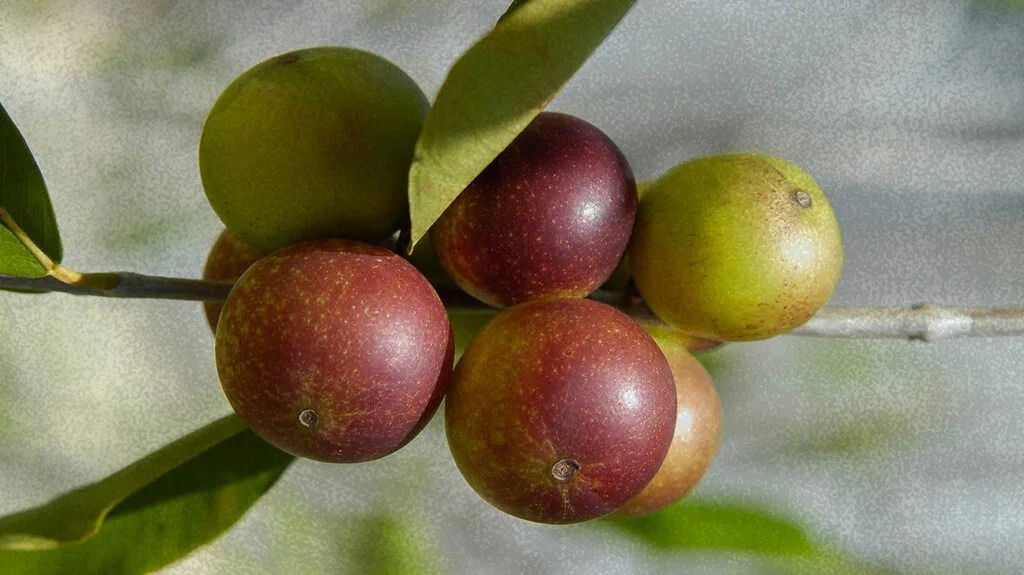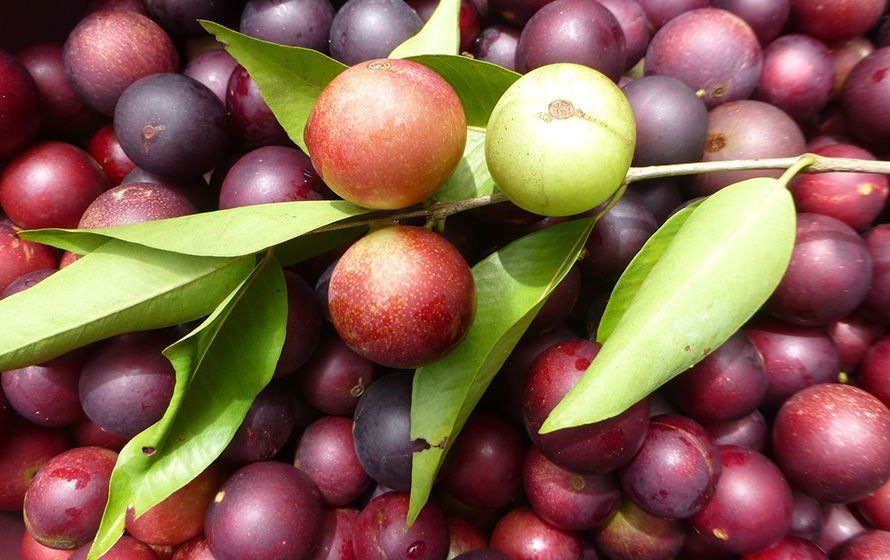
Imagine a world where a single fruit might help combat some of today’s most serious diseases, including can.cer, diabetes, and obesity.
While this may sound like science fiction, researchers at the University of Montreal are working to make it a reality through their groundbreaking studies on the Brazilian camu-camu berry.
This small berry is rich in a powerful compound called castalagin, which could have a major impact on human health.
What Makes the Camu-Camu Berry Unique?

Although berries have long been celebrated for their health benefits, the camu-camu berry stands out.
Native to Brazil, it is already known for its ability to help manage diabetes and obesity. Now, scientists have discovered it may also play a key role in enhancing can.cer treatments.
The star of this discovery is castalagin, a type of polyphenol that acts as a prebiotic — a compound that supports the growth of beneficial gut bacteria, crucial for maintaining good health.
Beyond supporting gut function, castalagin may also strengthen the immune system’s ability to fight can.cer.
How Does It Work?

Can.cer therapies often rely on boosting the immune system so it can better detect and destroy can.cer cells.
One approach uses immune checkpoint inhibitors (ICIs), drugs proven effective against can.cers like lung can.cer and melanoma.
However, not all patients respond well to ICIs, leading scientists to look for ways to improve their effectiveness.
That’s where castalagin comes in. Researchers found that this compound can alter the gut microbiome — the complex ecosystem of bacteria in our digestive system — in ways that strengthen immune response.
Castalagin could potentially boost the immune system and improve the success of ICIs in can.cer treatment.
From Mice to Humans: The Research Progresses

Scientists first tested their ideas in mice, with encouraging results: castalagin helped the animals’ immune systems fight can.cer more effectively.
Inspired by these findings, the team is now moving forward with human clinical trials.
The next phase will involve 45 patients with lung can.cer or melanoma, who will take castalagin in capsule form to see how it influences their treatment outcomes.
If these trials go well, they could pave the way for a revolutionary new approach to can.cer therapy.
A Small Fruit with Enormous Potential

The implications of this research are far-reaching. If castalagin proves effective in humans, it could transform can.cer treatment and improve the outlook for countless patients around the world, all thanks to a humble berry from Brazil.
As we await the results of these trials, one thing is clear: nature continues to inspire medical innovation in remarkable ways.
The camu-camu berry is a powerful reminder that sometimes, the most extraordinary solutions come from the most unexpected sources.















